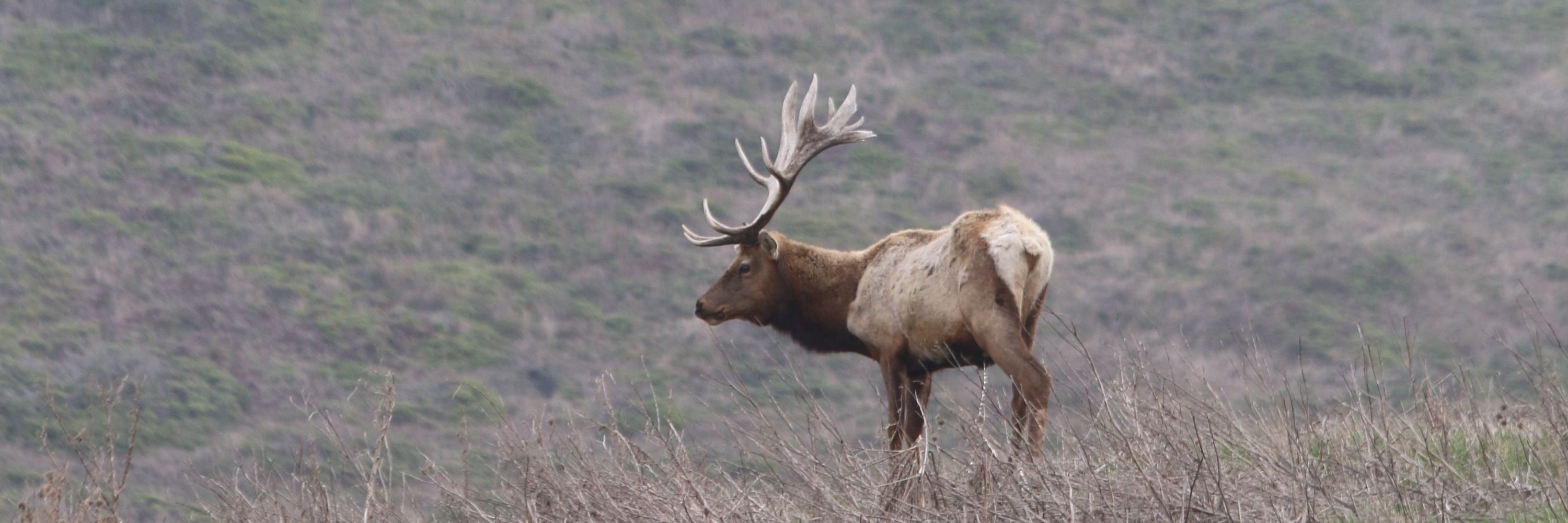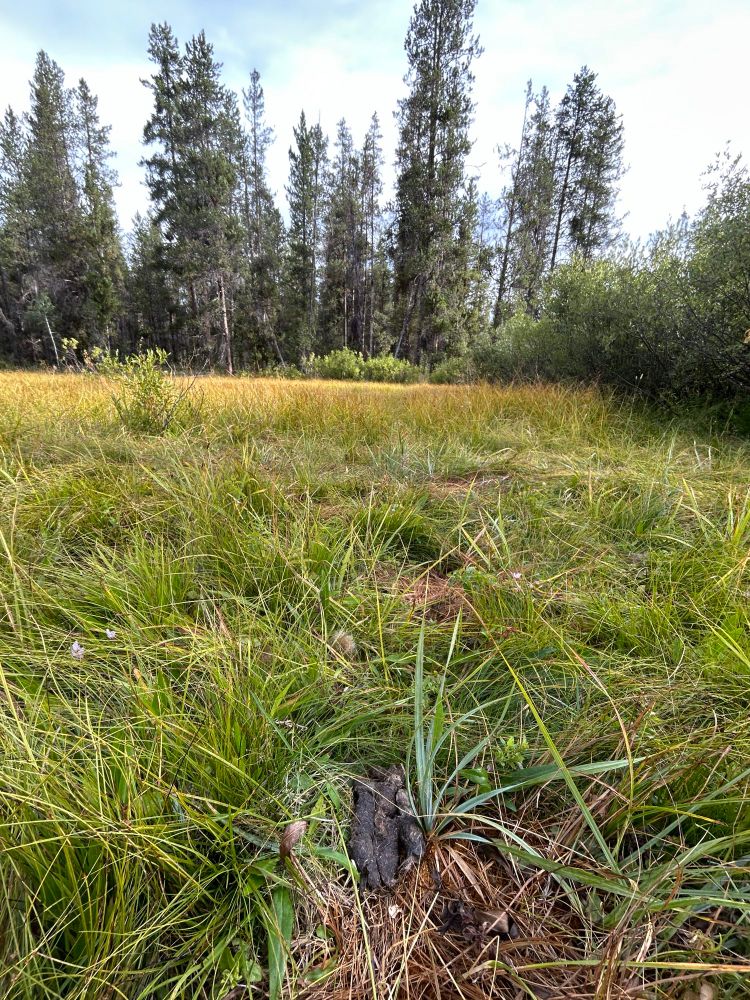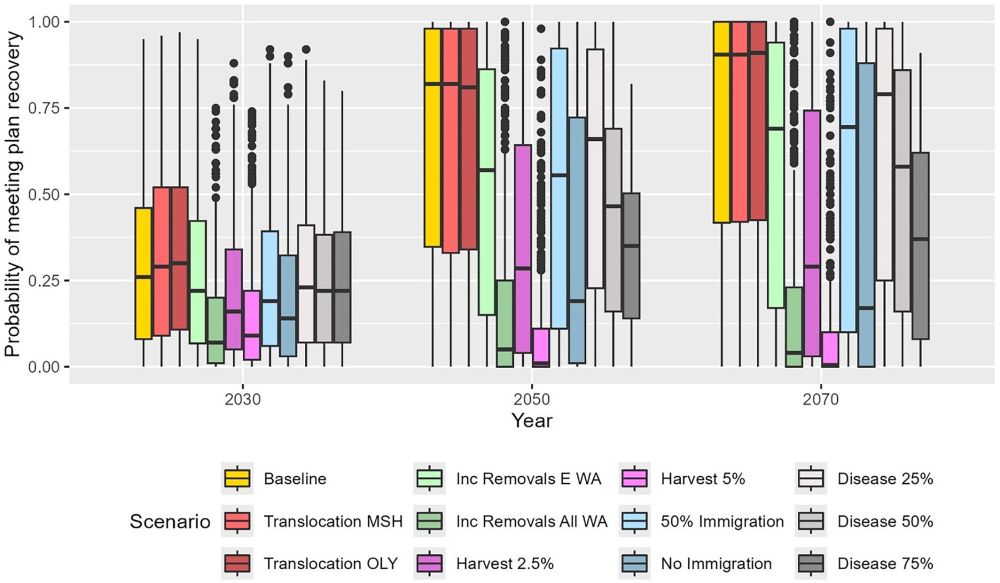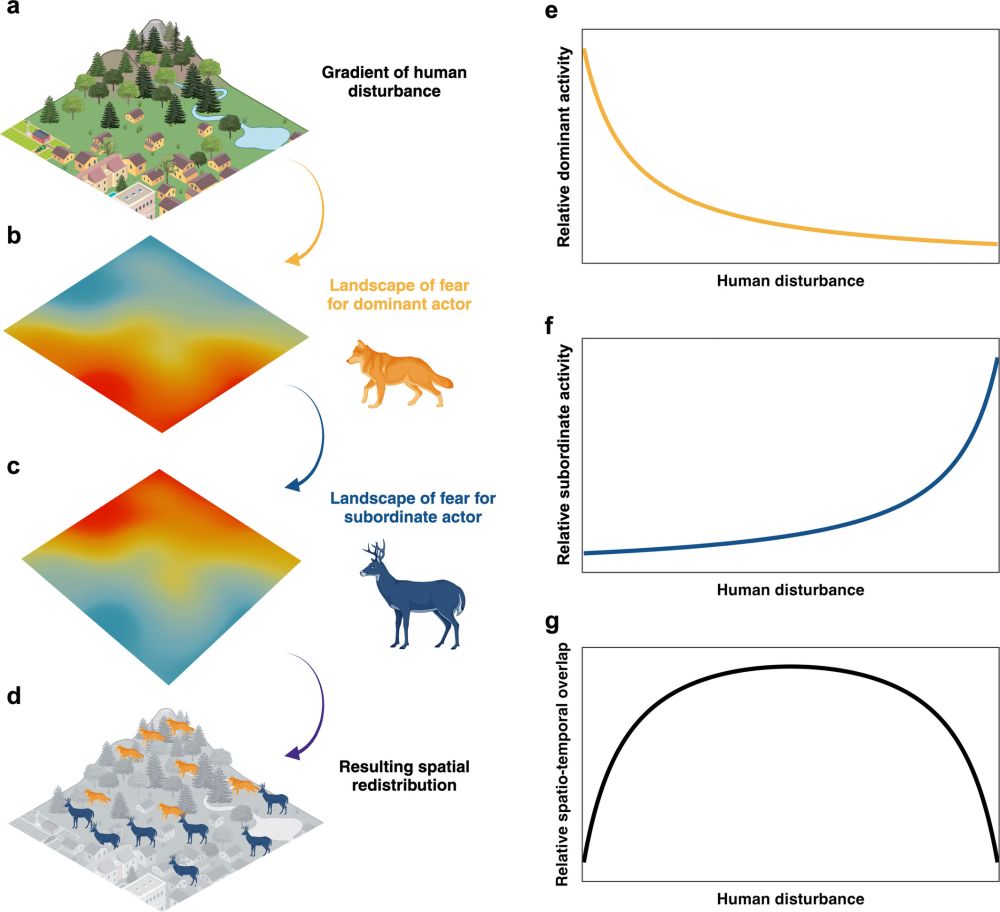
https://www.bassinglabecology.org/

Read the full paper here ➡️ buff.ly/pXSMNRK

Read the full paper here ➡️ buff.ly/pXSMNRK




The due date for Life Sciences proposals is 27 October 2025.
For more info: www.nsf.gov/funding/oppo...

The due date for Life Sciences proposals is 27 October 2025.
For more info: www.nsf.gov/funding/oppo...
www.nsf.gov/funding/oppo...

www.nsf.gov/funding/oppo...







Check out our new paper for advice on the number of sites you need to reliably detect interactions under different scenarios ⬇️

Check out our new paper for advice on the number of sites you need to reliably detect interactions under different scenarios ⬇️
www.grc.org/predator-pre...
www.nature.com/articles/d41...

www.nature.com/articles/d41...
A neat and intuitive alternative to the clunky ‘unsuppressed’ bivariate palette approach:
doi.org/10.1145/3173... 🧪 #dataviz

A neat and intuitive alternative to the clunky ‘unsuppressed’ bivariate palette approach:
doi.org/10.1145/3173... 🧪 #dataviz

Recovering wolves in WA tolerate threats except high harvest, high lethal removals, and lack of immigration
With @labgardner.bsky.social, Sarah Converse, & Ben Maletzke
zslpublications.onlinelibrary.wiley.com/doi/10.1111/...

📄Interspecific carnivore competition and ungulate predation correlate with predator species richness
doi.org/10.1002/ecy....

📄Interspecific carnivore competition and ungulate predation correlate with predator species richness
doi.org/10.1002/ecy....
onlinelibrary.wiley.com/doi/10.1111/...

onlinelibrary.wiley.com/doi/10.1111/...




